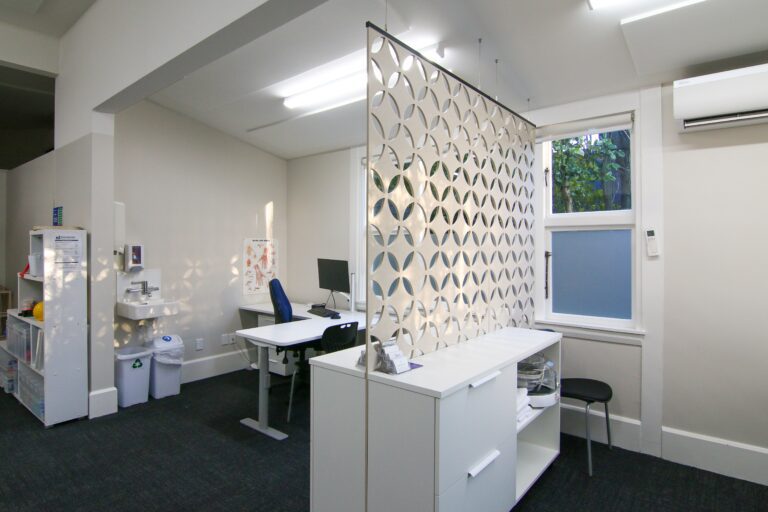A 19 year old engineering student was seen at the Emergency Department with right hand pain following an accident while “sea-biscuiting” (in which a person holds onto an inflatable ring which is towed behind a motor boat). Spiral fractures of his 2nd, 3rd and 4th metacarpal bones were identified on x-ray and the patient was placed in a plaster cast and referred for hand therapy.
The plaster cast was replaced by a thermoplastic splint after ten days. The hand and forearm based splint (See Fig 1) supported the fractures in a safe position and was used as an alternative to casting for a further 3 weeks. It is important to note that because splints can be removed (unlike casts) this treatment option requires good co-operation from the patient. There is a real risk that the fractured bone pieces will move out of good alignment if the splint is not worn correctly. In this case, once he understood the risks involved the patient was excellent at following advice. A good splint is lighter and more comfortable than a cast and allows early controlled movement.
Tendon gliding exercises were commenced early to minimise the risk of adhesions forming between the fractures and extensor tendons which lie directly over the top of the broken bones. By four weeks post fracture the patient had full finger range of motion.
The wrist was immobilised for 3.5 weeks and was then changed to a hand based support (see Fig 2). This freed the wrist for movement, but supported the still healing fractures now that they had passed through the initial critical phase of healing. Hand based splinting was continued for a further 3 weeks until 6.5 weeks post fracture at which time a repeat x-ray was taken to assess healing. The fractures were uniting well, and splinting was discontinued for normal daily activities but still advised for any heavier tasks.
At about 8 weeks post fracture strengthening will be commenced with the aim of returning to sport for the rugby season. Generally speaking, return to sport can commence at about the 12 week mark.
Treatment of these fractures varies according to the patient. Someone who is young, fit and healthy will heal relatively quickly. Older patients, people with circulatory problems or smokers generally take significantly longer and treatment progression will be slower accordingly. With the provision of an appropriate splint most will be able to return to work safely.




